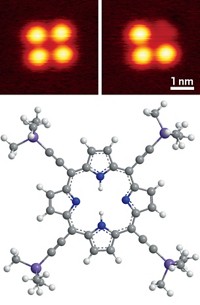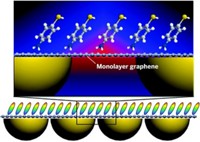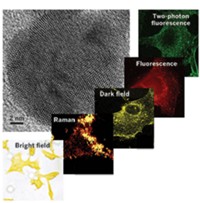Advertisement
Grab your lab coat. Let's get started
Welcome!
Welcome!
Create an account below to get 6 C&EN articles per month, receive newsletters and more - all free.
It seems this is your first time logging in online. Please enter the following information to continue.
As an ACS member you automatically get access to this site. All we need is few more details to create your reading experience.
Not you? Sign in with a different account.
Not you? Sign in with a different account.
ERROR 1
ERROR 1
ERROR 2
ERROR 2
ERROR 2
ERROR 2
ERROR 2
Password and Confirm password must match.
If you have an ACS member number, please enter it here so we can link this account to your membership. (optional)
ERROR 2
ACS values your privacy. By submitting your information, you are gaining access to C&EN and subscribing to our weekly newsletter. We use the information you provide to make your reading experience better, and we will never sell your data to third party members.
Synthesis
Patterning With Fluorophores
February 11, 2008
| A version of this story appeared in
Volume 86, Issue 6

In a new approach to patterning surfaces on micrometer scales, researchers have linked inert fluorescent molecules to an insulating surface by using copper-catalyzed "click" chemistry (J. Am. Chem. Soc., DOI: 10.1021/ja078183d). Sung-Yu Ku and Ken-Tsung Wong of National Taiwan University along with Allen J. Bard of the University of Texas, Austin, used a scanning electrochemical microscope's ultramicroelectrode to reduce a Cu(II) complex to Cu(I). The Cu(I), in turn, catalyzed the cycloaddition of the fluorophore benzothiodiazole acetylene to an azido-terminated siloxane monolayer on a glass substrate (shown, R = benzothiodiazole moiety). A 100-μm-diameter electrode produced fluorescent spots about 300 μm in diameter on the substrate. The features of the fluorescent patterns should be controllable by adjusting the size of the electrode tip and the distance from the tip to the substrate, the authors say.





Join the conversation
Contact the reporter
Submit a Letter to the Editor for publication
Engage with us on Twitter